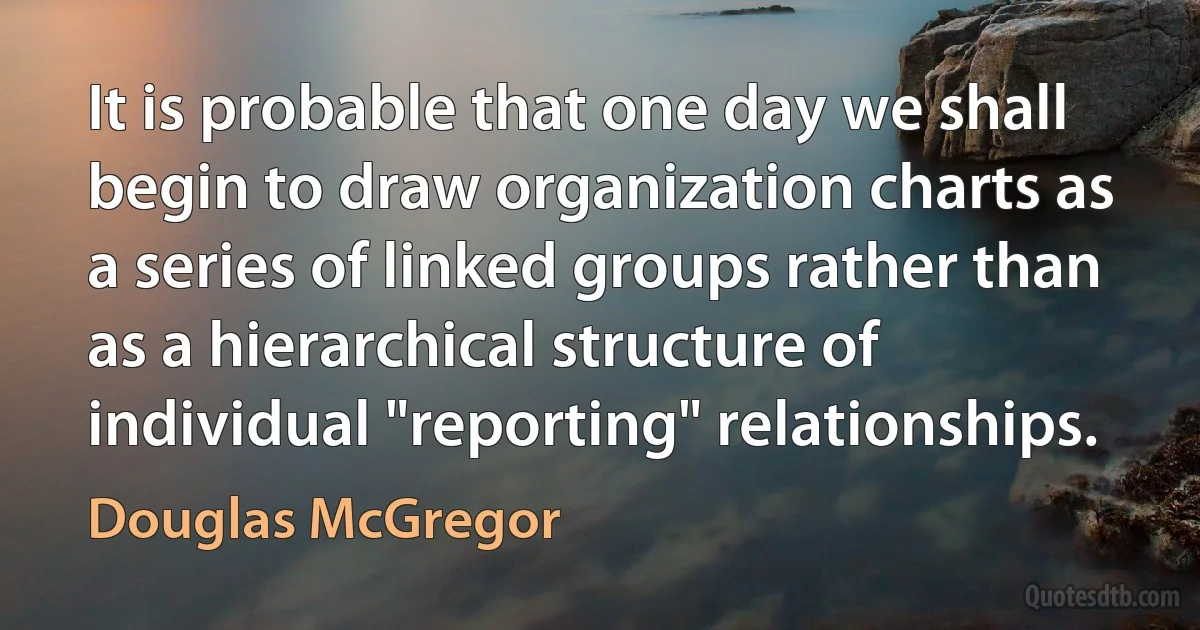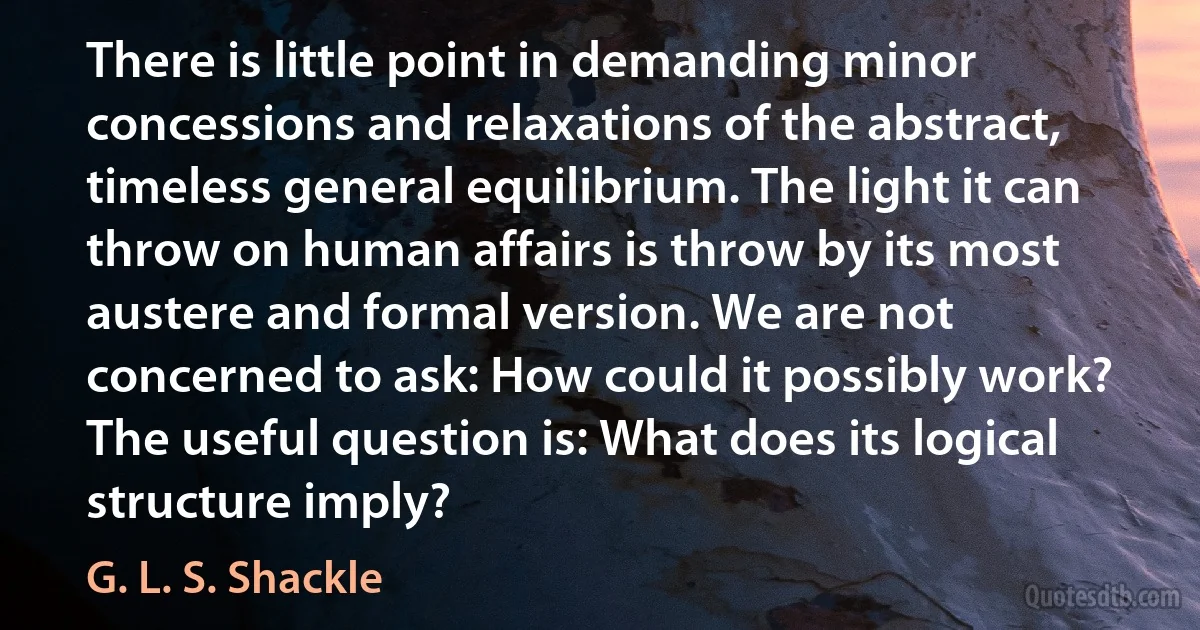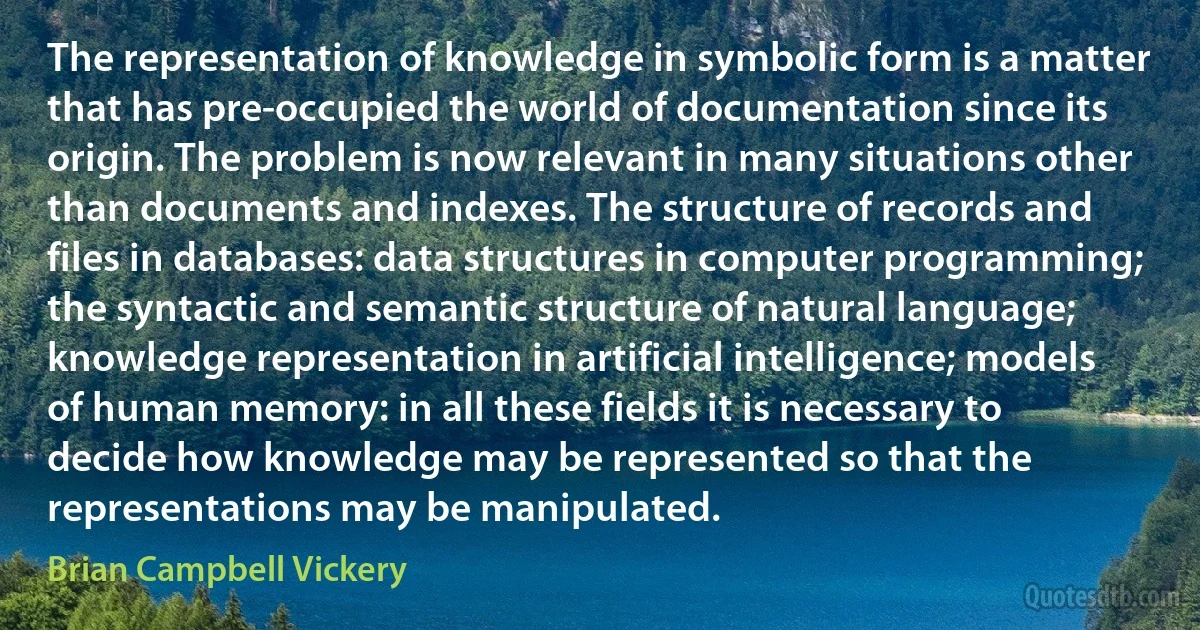Structure Quotes - page 34
The approach that dominates organizational theory, teaching, and practice for most of the twentieth century looked at organizations from the top-down, starting with a view of the CEO as the "leader" who shapes the organization's strategy, structure, culture, and performance potential. The nature of work and the role of the workforce enter the analysis much later, after considerations of technology and organization design have been considered. However, if the key source of value in the twenty-first-century organization is to be derived from the workforce itself, an inversion of the dominant approach will be needed. The new perspective will start not at the top of the organization, but at but at the front lines, with people and the work itself - which is where value is created. Such an inversion will lead to a transformation in the management and organization of work workers, and knowledge. This transformation was signalled by McGregor, but we must go further.

Douglas McGregor
I began [to portray president Kennedy ] with fragmentary sketches-first in charcoal, then in casein, sometimes just heads, sometimes the whole figure. For the first session (during a Medicare conference), I sat on top of a 6-foot ladder to get an unimpeded view of him. Concentrating on bone structure, most of my first sketches of him made him look twenty years younger. This was also because the positions he assumed were those of a college athlete. I made about thirty sketches at the first session and rushed back to a big studio that had been turned over to me by the Norton Gallery, made further drawing combining different aspects, and finally, after a couple days, decided on the proportions and size of the first canvas-4 by 8 feet. In succeeding sessions of sketching, I was struck by the curious faceted structure of light over his face and hair-a quality of transparent ruddiness. This play of light contributed to the extraordinary variety of expressions.

Elaine de Kooning
In complex systems cause and effect are often not closely related in either time or space. The structure of a complex system is not a simple feedback loop where one system state dominates the behavior. The complex system has a multiplicity of interacting feedback loops. Its internal rates of flow are controlled by nonlinear relationships. The complex system is of high order, meaning that there are many system states (or levels). It usually contains positive-feedback loops describing growth processes as well as negative, goal-seeking loops. In the complex system the cause of a difficulty may lie far back in time from the symptoms, or in a completely different and remote part of the system. In fact, causes are usually found, not in prior events, but in the structure and policies of the system.

Jay Wright Forrester
If an environmental trace is in close connection with the Ego system it will not only be in communication with the particular time structure of that system with which it communicated at the time of its formation; but because of the coherence of the whole temporal Ego system it will be in communication with later strata also.

Kurt Koffka
The Sanscrit language, whatever be its antiquity, is of a wonderful structure; more perfect than the Greek, more copious than the Latin, and more exquisitely refined than either, yet bearing to both of them a stronger affinity, both in the roots of verbs and the forms of grammar, than could possibly have been produced by accident; so strong indeed, that no philologer could examine them all three, without believing them to have sprung from some common source, which, perhaps, no longer exists; there is a similar reason, though not quite so forcible, for supposing that both the Gothic and the Celtic, though blended with a very different idiom, had the same origin with the Sanscrit; and the old Persian might be added to the same family.

William Jones
Perhaps the most remarkable property of living cells and organisms is their ability to reproduce themselves for countless generations with nearly perfect fidelity. This continuity of inherited traits implies constancy, over millions of years, in the structure of the molecules that contain the genetic information.

Albert L. Lehninger



